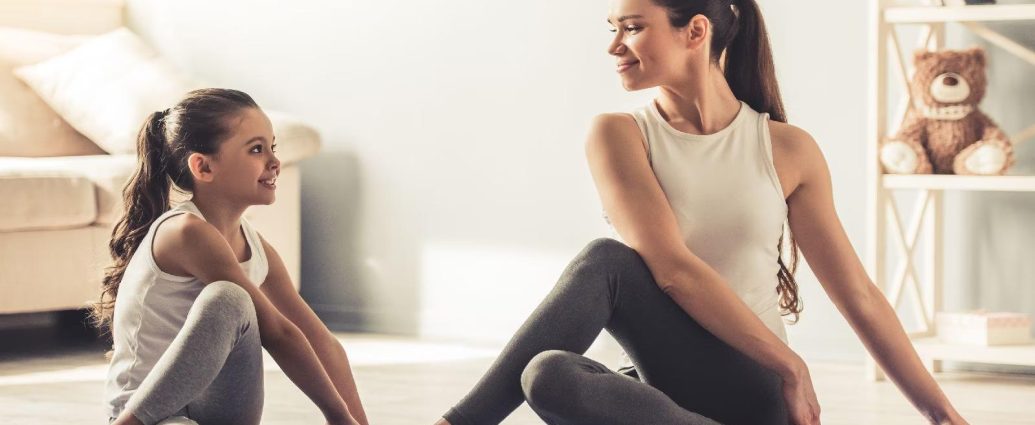Are you attracted to the idea of your kids learning yoga? If so and you seek to develop patience and persistence, in addition to better controlling your breathing and listening to your body, yoga classes are an excellent option to achieve it. In addition, yoga for children can become very fun if practiced in the company of parents or with siblings or friends. A positive and motivating environment will bring a large number of benefits to the little ones at home, in addition to making it even easier to make the positions thanks to the great flexibility they have.
Yoga, such as exercise that combines postures, breathing, and relaxation, will help the most restless children channel all their energy and relax, while it will also be an ideal tool for children to express themselves acquire awareness, and master their body and emotions.
Benefits Of Yoga Practice With Children:
Yoga can be approached as a fun game with incredible benefits for children. Today many children are suffering from stress and anxiety associated with a wide variety of reasons, from extracurricular overload to school harassment, dismotivation from family breakdown, or, in many cases, the ease of managing frustration.
Among the most interesting benefits of yoga for children, we highlight:
- Optimization of postural habits.
- Optimization in breathing habits.
- The greater skill of the motor muscles.
- Greater flexibility and agility.
- Reduction or elimination of stress levels.
- Acquisition of tools for anxiety management.
- Domain of relaxation techniques.
- Greater attention and concentration.
- Greater self-esteem.
- Better interaction with others, becoming more sociable and being especially interesting if we parents become yoga partners.
- Better power channeling.
From What Age Can I Point My Child At Yoga?
According to yoga specialists for children, little ones can start practicing yoga from the age of 3 or 4. The groups that make up each class are often established according to age and take into account the physical and psychological needs and characteristics specific to each age group.
Thus, yoga sessions for children are usually designed with yoga as one more game that children enjoy. In classes, all kinds of resources are used for children to integrate and learn positions and techniques of relaxation and breathing through songs, dances, games, drawings, etc.
Best Yoga Poses for Children:
The little ones are often loved by those postures that are presented in a fun way and in which they are taught to imitate a character or an animal. Thus, the experts are this series of asanas:
Indian Pose
We start sitting on the floor or a mat with our legs crossed and shrinking. In that posture, with your back straight and your shoulders back, place the palms of your hands together at chest height or leave them face up, leaning lightly on your knees. It’s an excellent start posture, being interesting to take breaths with your eyes closed, focusing on how the air enters the nose and how it is being expelled.
It is also ideal for meditation, and preparing for the rest of the session. This posture will help you relax and eliminate stress and anxiety.
Warrior Pose
The Indian rises and transforms into a warrior by standing on the mat. We set our legs off and turned our right foot out, put our arms on the hip and elbows back, and lifted them to the shoulders. We rolled up our left leg and stretched the right leg.
Cat Posture
We start from a quad-pediatric posture with your hands under your shoulders and knees under your hips. From that initial posture, we curved or round our backs pushing the shoulders forward and looking down as if we were a kitten stretching.
Dog Posture
Lying face down on the mat, with hands and feet stuck to the ground, the hip rises to go the shape of a triangle with our body and the ground. They have to stay like this for about 30 seconds.
Puppet Pose
And as final relaxation, nothing better than the puppet’s posture. Standing on the mat, the children must slowly fall to the ground, and bend their knees, as if they were puppets to which the threads are released.
